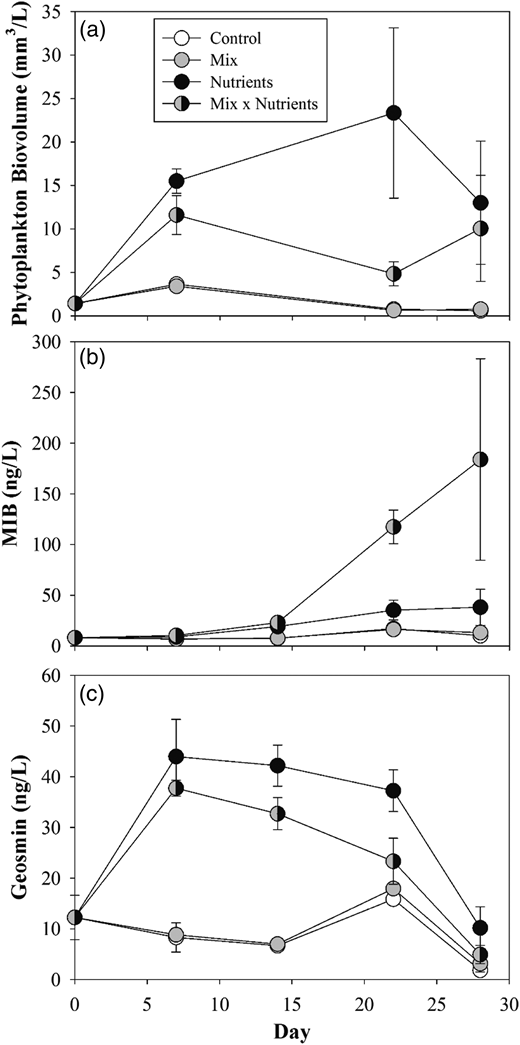
Citation
Olsen, B. K., M. F. Chislock, A. Rebelein, and A. E. Wilson. 2017. Nutrient enrichment and vertical mixing mediate 2-methylisoborneol and geosmin concentrations in a drinking water reservoir. Water Science and Technology: Water Supply 17(2):500-507.
Abstract
Few ecosystem-level studies have experimentally determined the physicochemical and biological factors that mediate concentrations of off-flavor compounds in drinking water reservoirs. Consequently, the watershed-scale mechanisms determining production of these compounds are still poorly understood. In a recent study, the addition of both nitrogen and phosphorus significantly increased 2-methylisoborneol (MIB). Not surprisingly, MIB was correlated with cyanobacterial abundance (a well-known producer of off-flavor compounds); however, MIB was most strongly correlated with diatom abundance. To empirically test for differences in the production of two important off-flavor compounds, specifically MIB and geosmin, by either cyanobacteria or diatoms, we conducted a fully factorial experiment that manipulated two factors that typically promote cyanobacteria (nitrogen and phosphorus fertilization) or diatoms (vertical mixing of the water column). As predicted, fertilization promoted cyanobacteria, and vertical mixing favored diatoms. Interestingly, the production of geosmin was rapid and consistent with an increase in cyanobacteria while MIB production increased later in the experiment when cyanobacterial biovolume tended to decline and diatom biovolume increased. Based on our current and previous studies, MIB and geosmin production is associated with cyanobacteria, but the direct or indirect influence of diatoms on production should not be ignored.